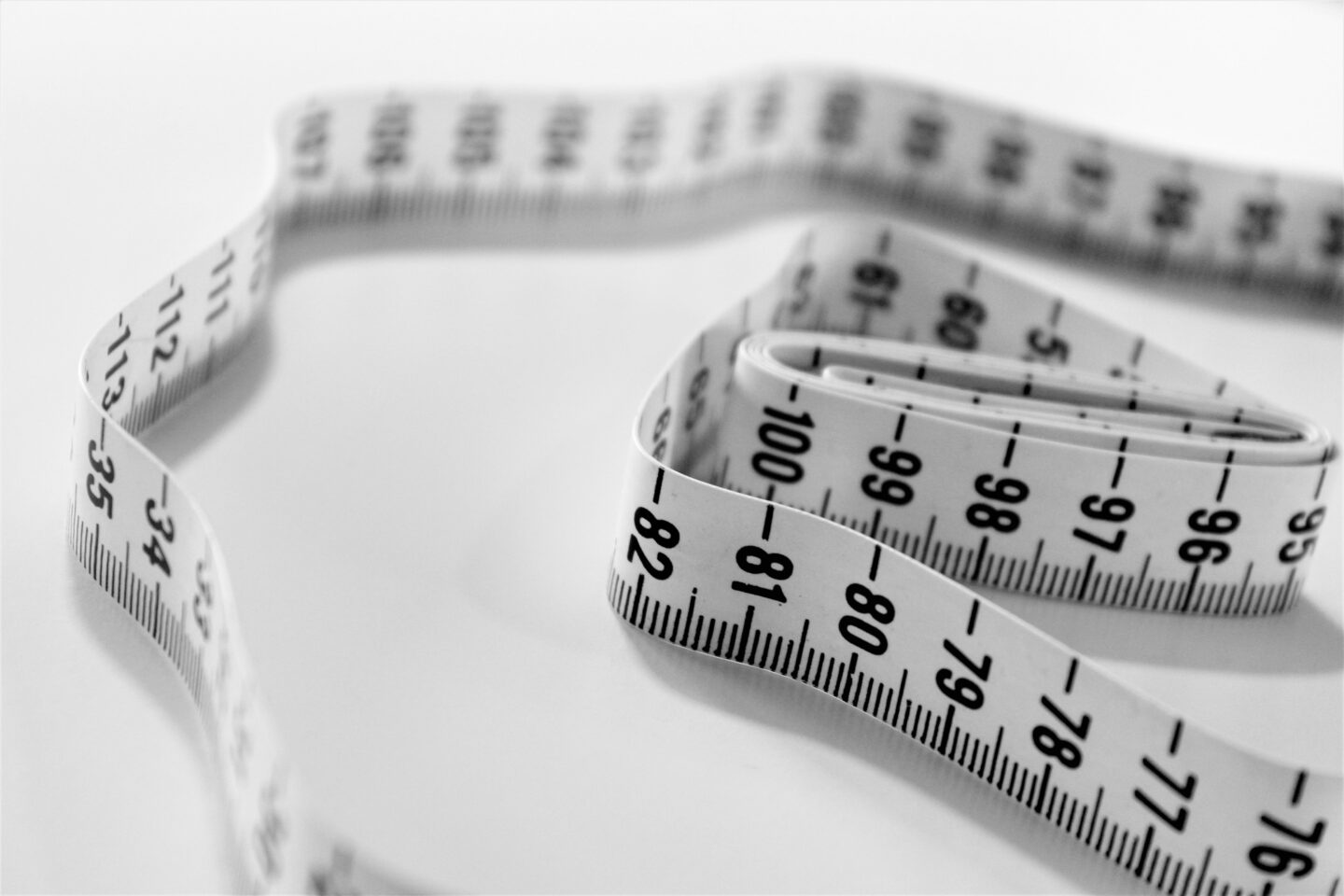
A balanced and nutritious diet is paramount in the journey towards a healthier lifestyle and weight loss. Although I have been caught out by weight loss fads myself in the past, experience has taught me that balance and nutrition are everything. I recently wrote about the important role of protein when losing weight, but one crucial element often underestimated in this quest is dietary fibre. I’ve broken down all you need to know about fibre for weight loss in this guide!
As always, before undertaking any weight loss or lifestyle change, it is always best to speak to a medical professional who is best suited to give personalised advice on your individual health needs.
Related Post: Does Calorie Counting Work? – The Truth
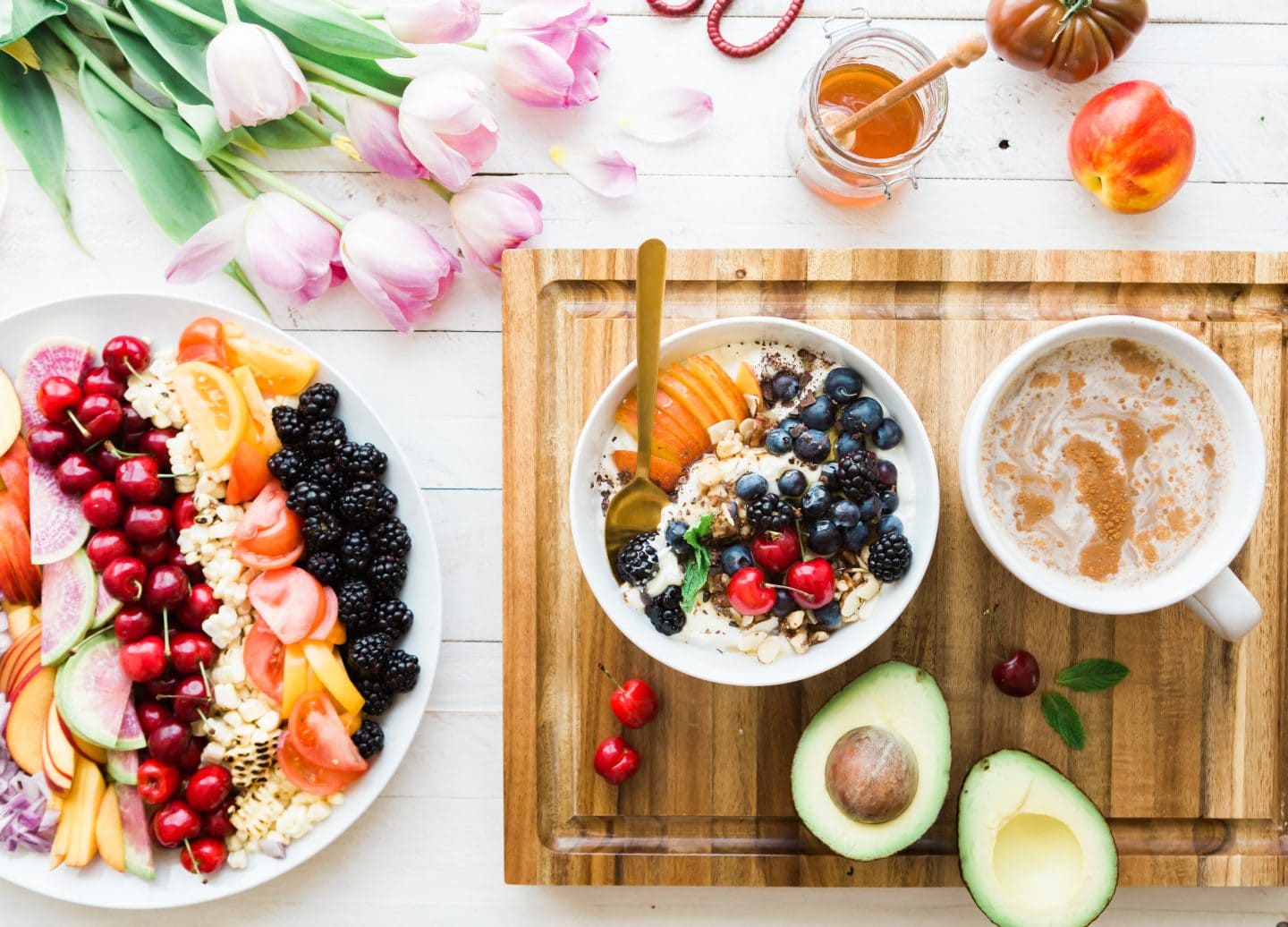
What is Fibre?
Before we look at fibre for weight loss, we need to start by understanding what fibre really is. Dietary fibre is a plant-based nutrient that includes the parts of plants that your body can’t digest or absorb. There are two main types: soluble fibre, which dissolves in water, and insoluble fibre, which doesn’t. Both types play unique roles in promoting overall health.
Related Post: 5 Ways To Boost Your Weight Loss Motivation
Soluble fibre can be found in foods like oats, beans, and fruits. It forms a gel-like substance when mixed with water, helping to slow down digestion and the absorption of nutrients. This can contribute to a feeling of fullness and satiety, making it an excellent ally in the battle against those mid-morning or late-night cravings. On the other hand, insoluble fibre, prevalent in foods like whole grains and vegetables, adds bulk to your stool and aids in moving it through your digestive system. This not only helps prevent constipation but also supports a healthy gut in the long term.
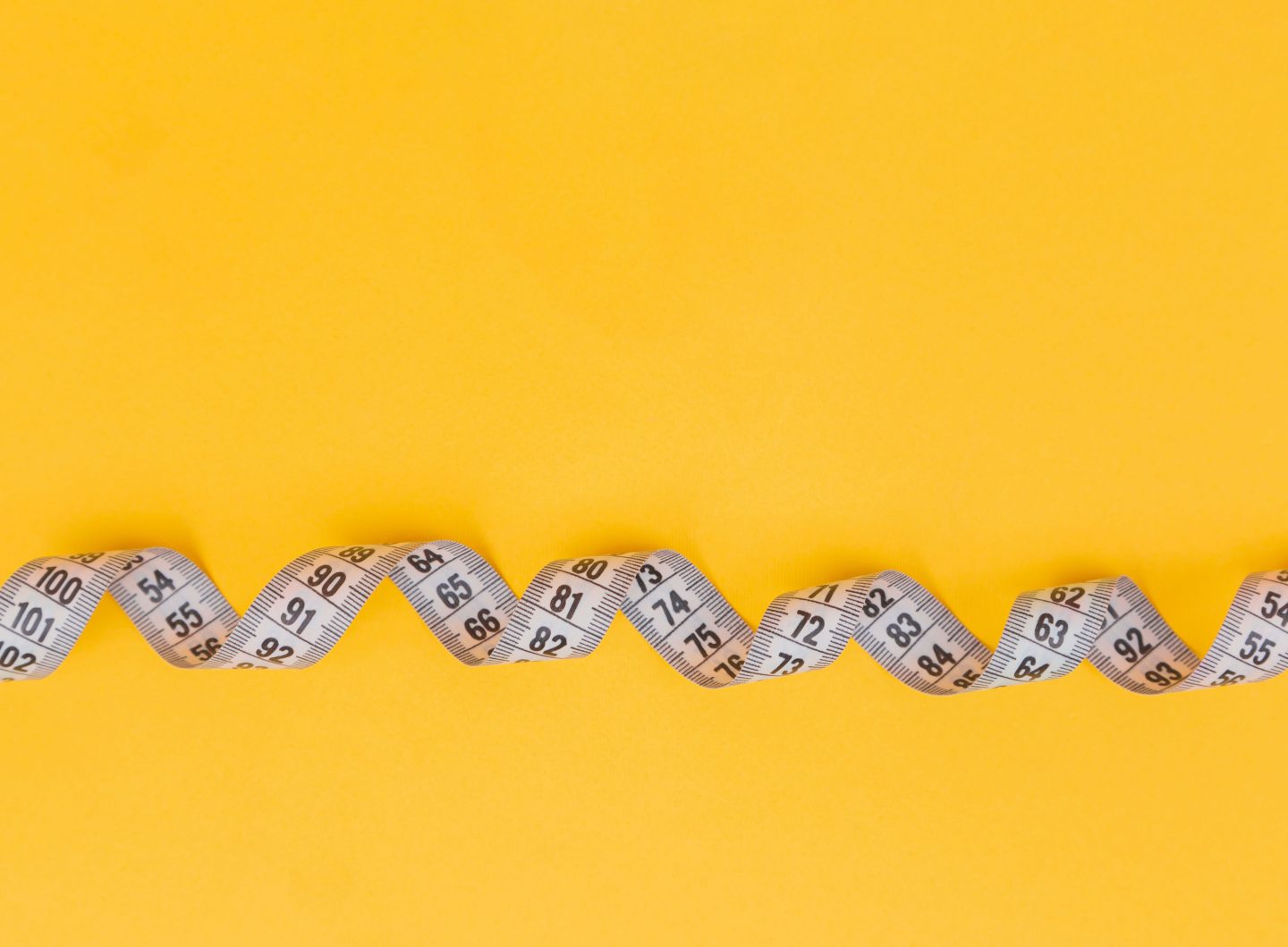
Both fibre types are important in their own way, but you’d be surprised to know that the majority of people do not get enough of either fibre type in their diet!
The Benefits of Fibre for Weight Loss:
Increased Satiety:
One of the standout benefits of a high-fibre diet is its ability to keep hunger at bay. When you consume fibre-rich foods, they take longer to chew and digest, sending signals to your brain that you’re satisfied. This can lead to consuming fewer overall calories, a fundamental aspect of any successful weight loss journey.
If you feel full, then you are less likely to reach for those snacks and binge-style foods in between meals!
Related Post: How To Eat Less Without Noticing
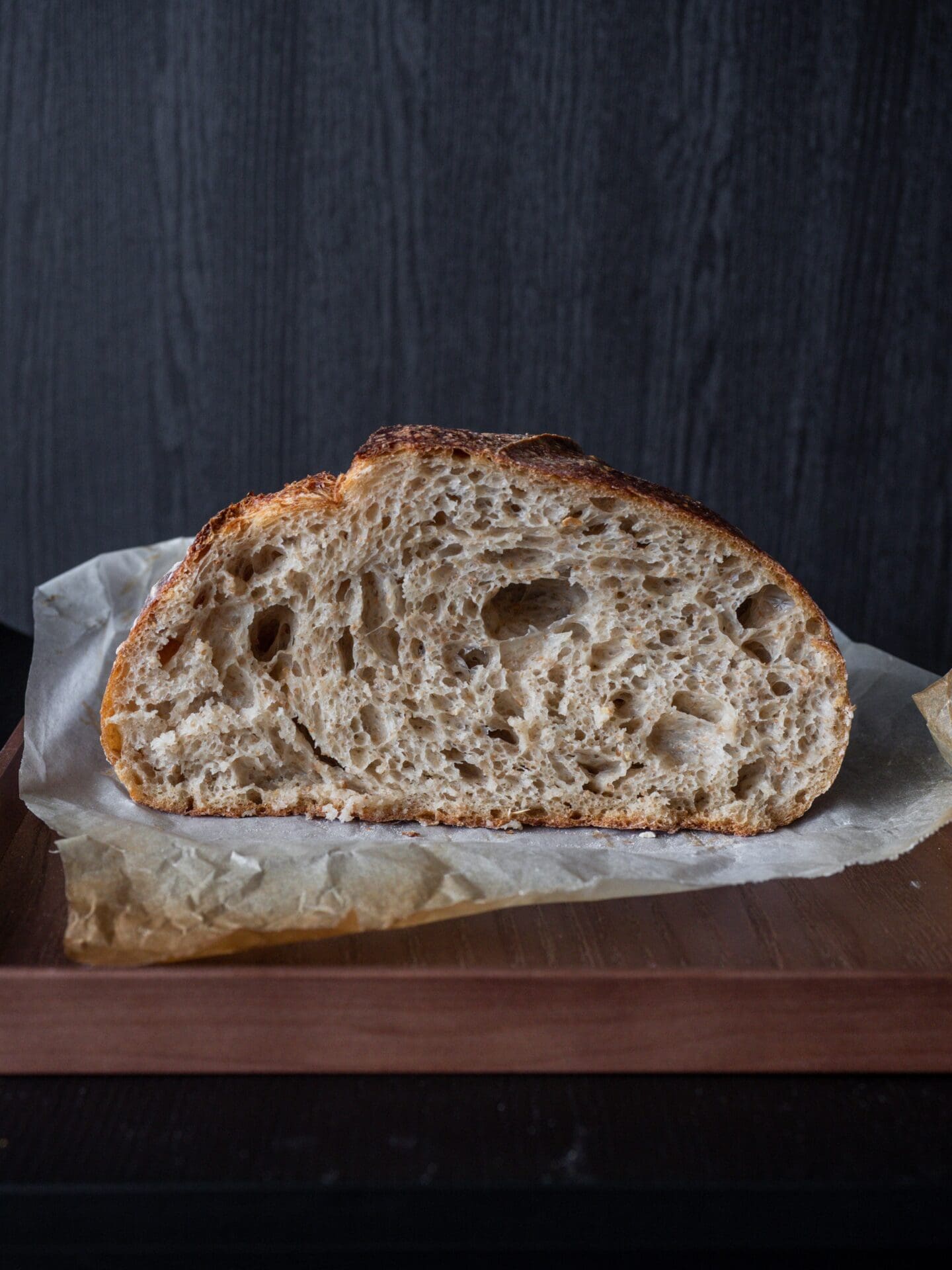
Improved Digestion:
Now, let’s talk about the digestive perks of a fibre-rich diet. Insoluble fibre, found in foods like whole wheat, nuts, and vegetables, adds bulk to your stool, preventing constipation and promoting regular bowel movements. This not only contributes to a healthier digestive system but also ensures that you’re not carrying unnecessary weight in your gut.
Stabilising Blood Sugar Levels:
Blood sugar levels play a significant role in managing weight. Soluble fibre, present in foods like legumes and certain fruits, helps regulate blood sugar by slowing down the absorption of sugar. This prevents rapid spikes and crashes in blood sugar levels, reducing cravings for sugary snacks and ultimately aiding in weight management overall. Ever get that feeling like you are going to pass out if you don’t eat something? It’s usually a blood sugar level problem caused by foods you have already eaten!
Related Post: Slimming World Healthy Extra B List
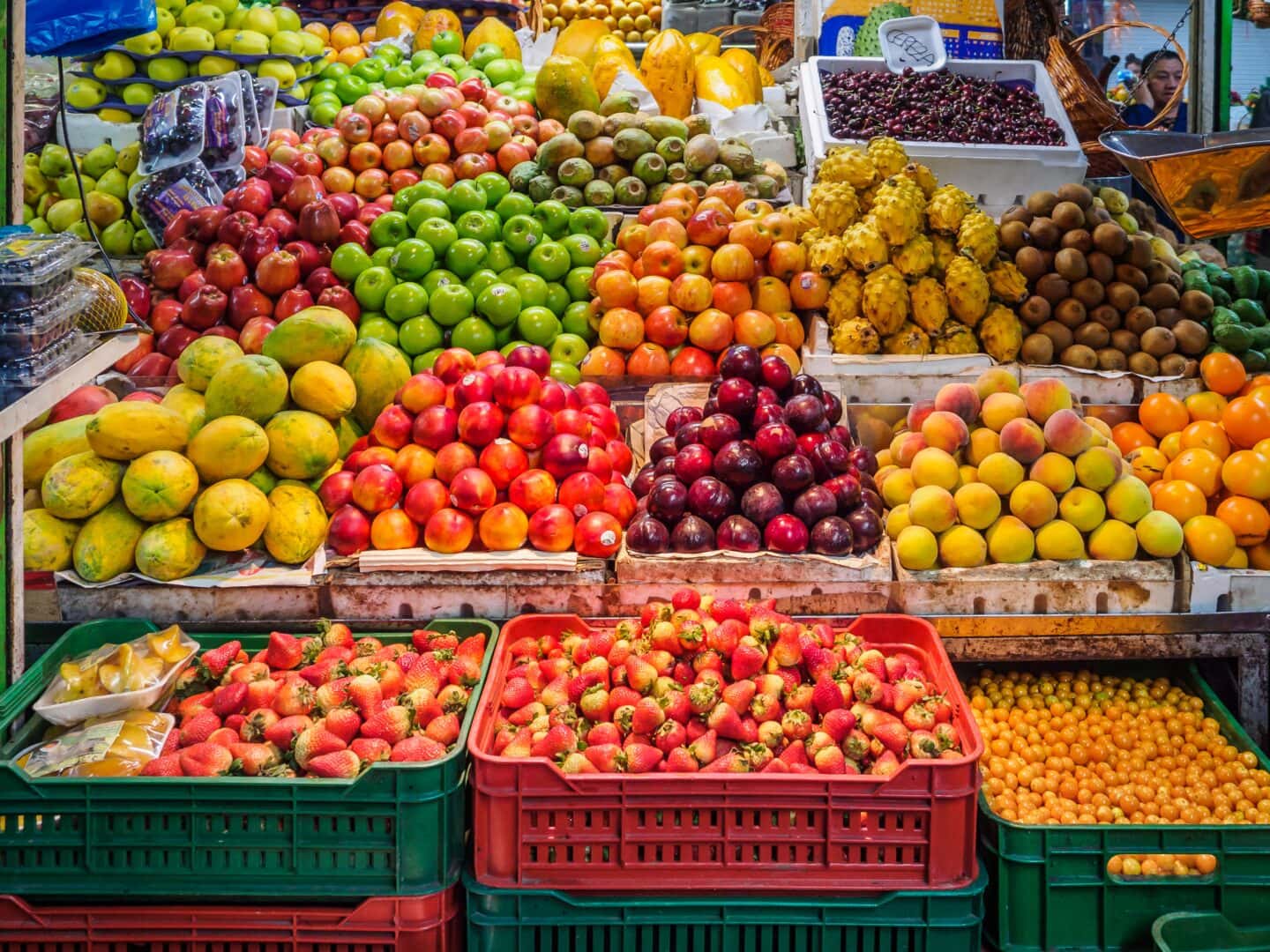
Reduced Caloric Density:
Weight loss often boils down to the simple equation of calories in versus calories out. Here’s where the concept of caloric density comes into play. Foods high in fibre, such as fruits, vegetables, and whole grains, tend to be lower in calories. This means you can consume a larger volume of these foods without taking in excessive calories, making them an excellent choice for those aiming to shed pounds.
Related Post: How Many Calories Should I Eat?
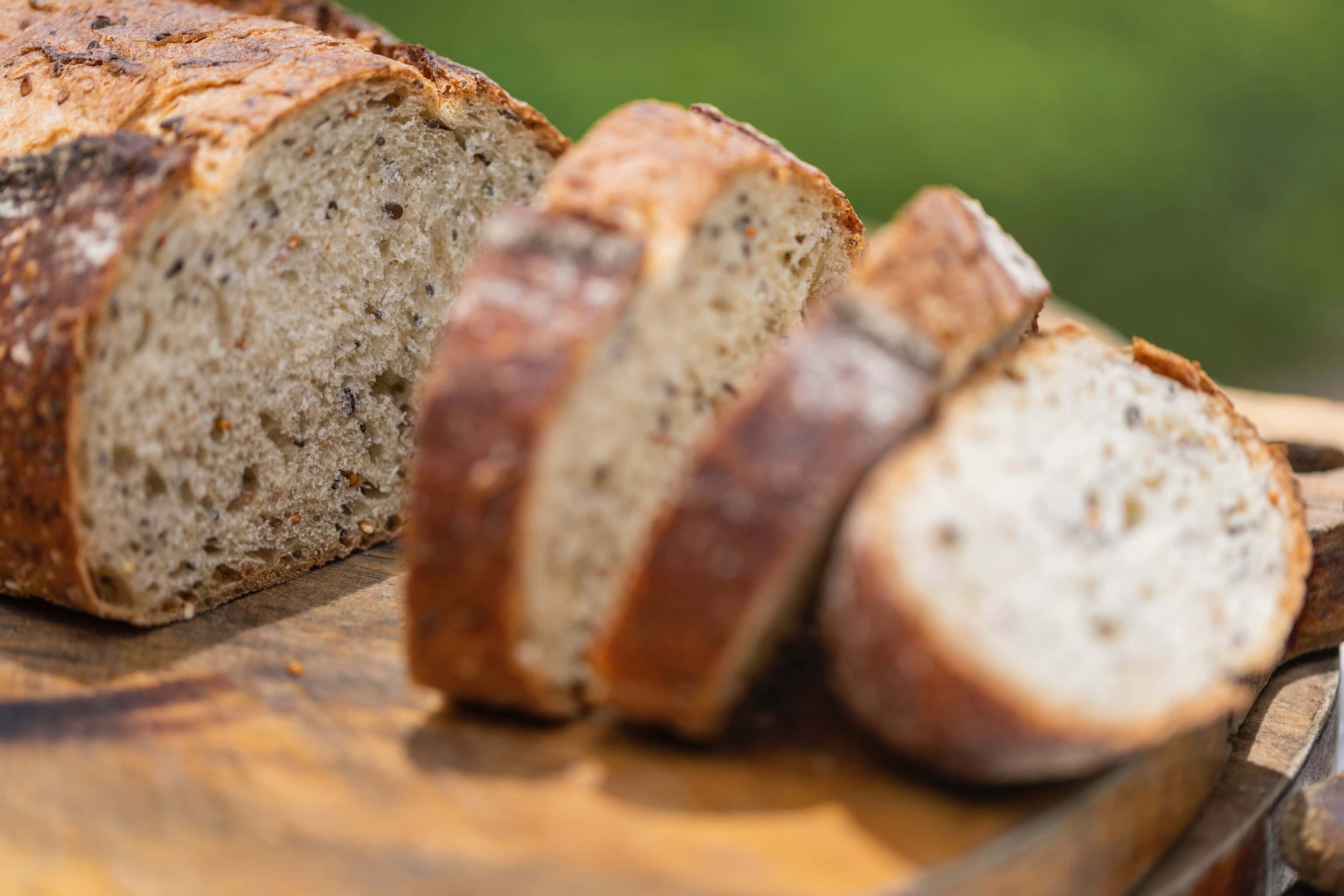
Incorporating Fibre into Your Diet:
Whole Grains:
Consider incorporating whole grains into your daily meals to boost your fibre intake. Opt for whole wheat bread, brown rice, quinoa, and oats. These options not only add a nutty flavour to your dishes but also provide the fibre your body craves. Simple swaps like this mean you can increase your fibre without changing the foods you eat. If you are looking at fibre for weight loss, it means you don’t have to recreate your favourite slimming meals. Just tweak them.
Related Post: Shamed For Wanting To Lose Weight
Fruits and Vegetables:
Colourful, fresh, and vibrant – that’s the mantra for including fruits and vegetables in your diet. Aim for a diverse range of colours to ensure a variety of nutrients. Choose to snack on carrot sticks, apple slices, or a handful of berries for a delicious low-calorie and fibre-packed treat.
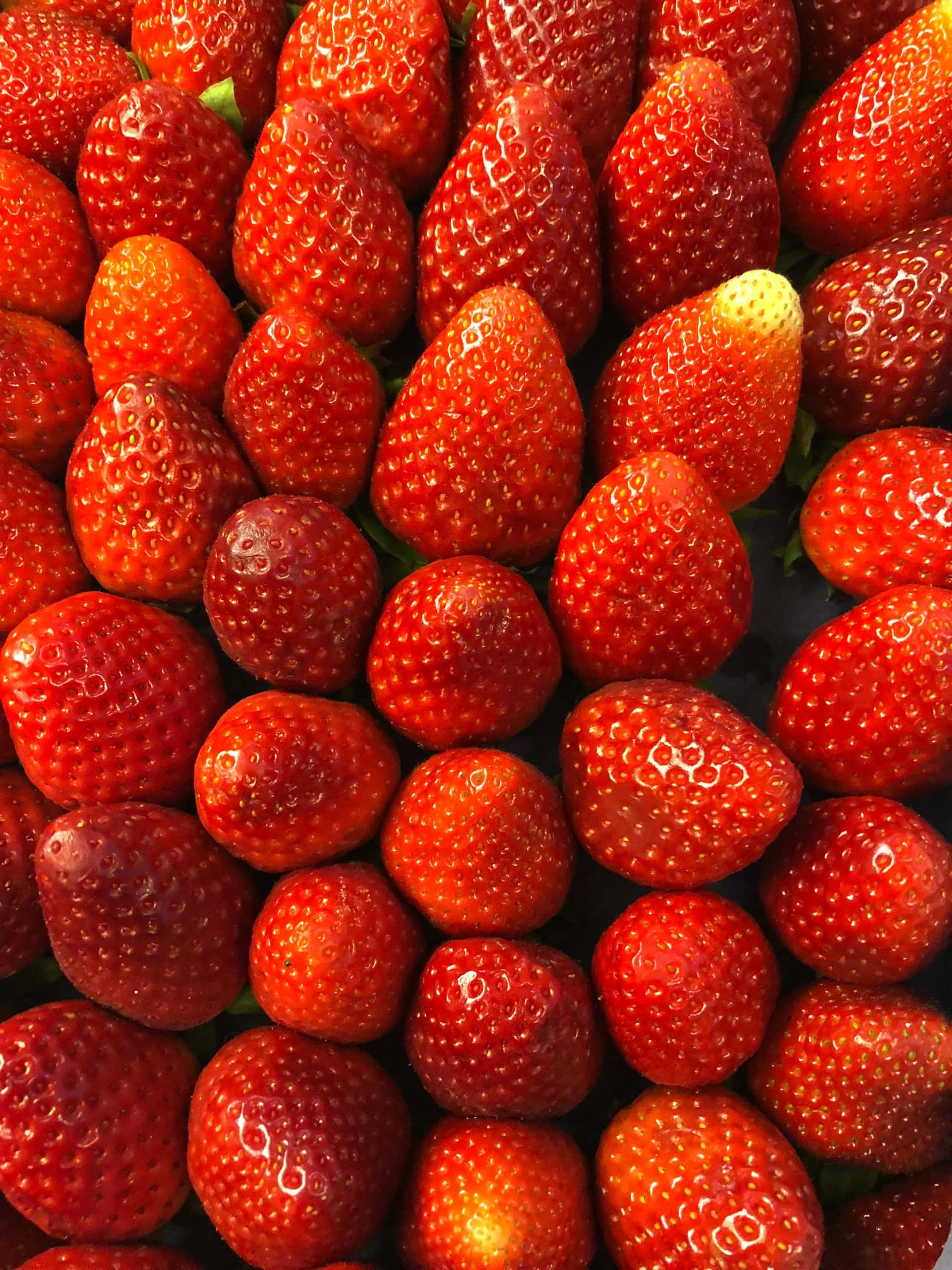
Legumes and Pulses:
Beans, lentils, and other legumes are not only affordable but also rich in fibre. Add them to soups, salads, or stews for a hearty and satisfying meal that supports your weight loss goals.
Nuts and Seeds:
Don’t forget about the power of nuts and seeds. These make for great snacks or can be sprinkled on salads and yoghurts for an extra crunch. However, be mindful of portion sizes, as nuts are often calorie-dense, which means you can overindulge without realising.
Related Post: How to Lose Weight Fast
![]()
Fibre and Hydration:
As you increase your fibre for weight loss, it’s crucial to stay hydrated. Fibre absorbs water, which can help prevent constipation, but it also requires an adequate water supply to do so effectively. Aim for at least eight glasses of water a day to support your digestive health.
![]()
Fibre For Weight Loss Conclusion
In conclusion, weaving more fibre into your daily diet is a sustainable and effective strategy for weight loss. From promoting feelings of fullness to regulating blood sugar levels, the benefits of fibre are numerous and varied. Remember, small changes can lead to significant results on your journey to a healthier, happier you.
If you want further support and company on your weight loss journey, join my free Facebook Group here. Oh, and if you have found this website and articles useful and you’d like to know how you can say thank you, then I am always appreciative of receiving a virtual coffee here.
Thank you for stopping by! Check out my last post here.
Love as always!

 More From Me
More From Me
Want to find out more about me? Head over to this page. If you like reading posts like this, then you might want to follow me over on Bloglovin. Don’t forget you can find me on Instagram, Facebook, Twitter & YouTube. As always, my words, views and opinions are honest and my own. Links marked with “*” are affiliate links. This does not cost you anything additional, but it may mean I earn a small percentage from any sales. For more information about any of these, please head over to this page.
